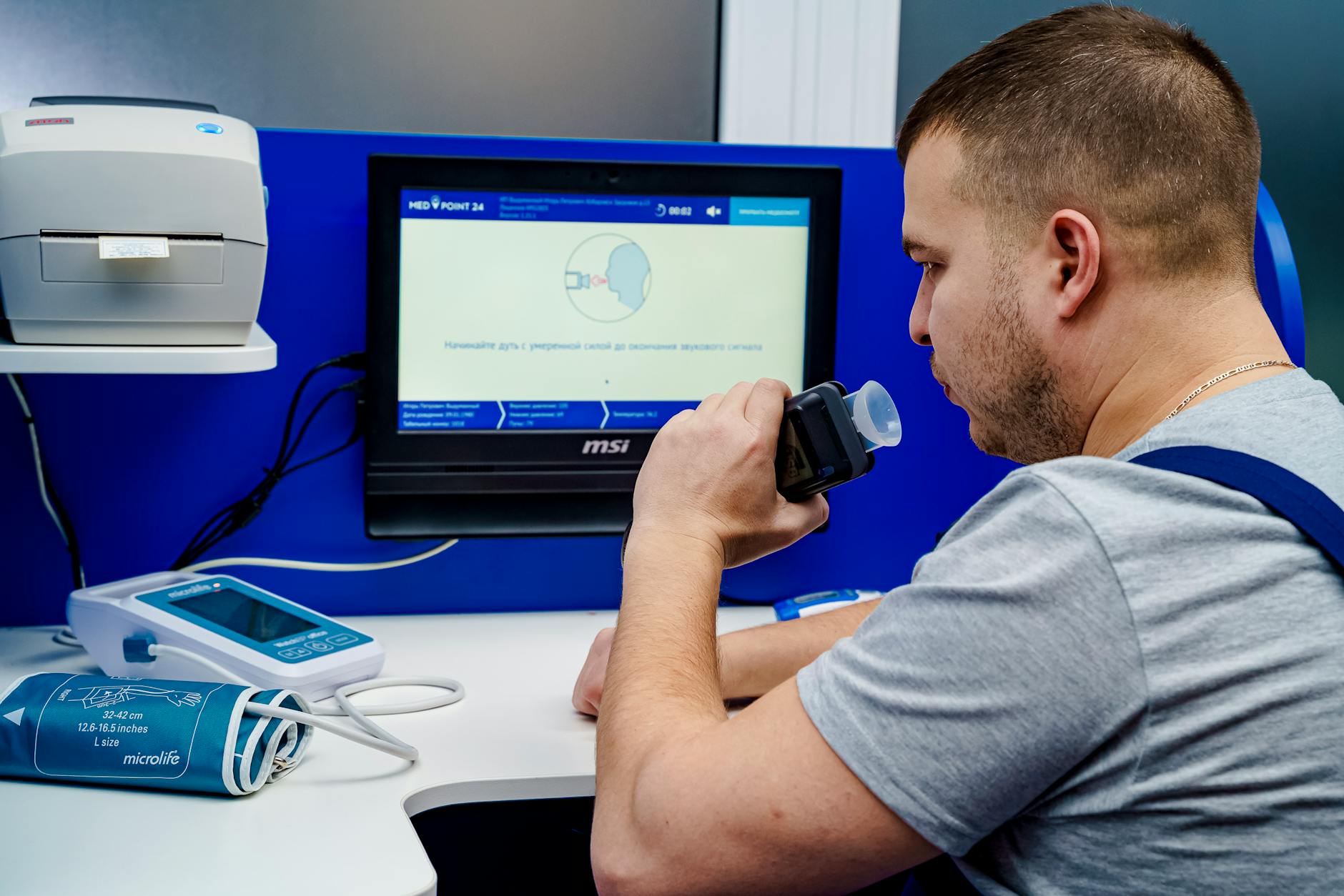Discover the secret formula for calculating your alcohol consumption and intoxication levels with the fascinating world of beer math!
Table of Contents
Imagine this: you’re hanging out with friends at a bar or a backyard BBQ, and someone poses the age-old question, “How many beers does it take to get drunk?” It’s a question that has likely crossed everyone’s mind at some point, whether you’re a seasoned drinker or a casual imbiber. While the answer may vary depending on the individual and a myriad of factors, let’s delve into the science behind alcohol metabolism, individual tolerance levels, and the various variables that can influence how many beers it takes to reach that tipsy state.
The Science behind Alcohol Metabolism
Alcohol metabolism is a complex process that involves the liver breaking down ethanol, the main psychoactive ingredient in alcoholic beverages. When you consume alcohol, it enters your bloodstream through the stomach and small intestine, where it is then distributed throughout your body. The liver plays a crucial role in metabolizing alcohol, converting it into acetaldehyde and then finally into acetate, which is eventually excreted by the body.
Blood Alcohol Concentration (BAC) is a measure of the amount of alcohol in your bloodstream. As your BAC rises, you may begin to feel the effects of intoxication, such as impaired coordination, slurred speech, and altered judgment. The rate at which your body metabolizes alcohol can vary depending on factors such as age, gender, genetics, and overall health.
Factors Influencing Intoxication
Your individual tolerance level, or how much alcohol your body can handle before feeling intoxicated, plays a significant role in determining how many beers it takes to get drunk. Some people may have a higher tolerance due to genetics or long-term alcohol consumption, while others may feel the effects of alcohol more quickly.
Body weight and composition also play a crucial role in alcohol absorption. Generally, a larger person will be able to consume more alcohol before reaching intoxication compared to someone with a smaller body mass. Additionally, the type of alcoholic beverage you consume can impact how quickly you become drunk, as drinks with higher alcohol content will raise your BAC more rapidly.
Conclusion
While we’ve explored the science behind alcohol metabolism, individual tolerance levels, and various factors influencing intoxication, it’s essential to remember that responsible drinking is key. Knowing your limits and understanding how alcohol affects your body can help prevent dangerous situations and potential negative health outcomes.
Next time someone poses the question, “How many beers does it take to get drunk?” remember that the answer is not one-size-fits-all and can vary from person to person. It’s always best to err on the side of caution and drink in moderation to enjoy the social aspect of alcohol consumption without going overboard. Cheers to a better understanding of beer math and responsible drinking!
FAQ
Question 1: How does body weight impact alcohol consumption?
Answer 1: Body weight plays a role in how alcohol is absorbed, with larger individuals typically able to handle more alcohol before feeling intoxicated than smaller individuals.
Question 2: Can genetics affect alcohol tolerance?
Answer 2: Yes, genetics can influence how your body metabolizes alcohol and your overall tolerance level.
Question 3: What role does gender play in alcohol metabolism?
Answer 3: Women generally have a lower tolerance for alcohol due to differences in body composition and enzyme activity.
Question 4: Is there a standard number of drinks that will make everyone drunk?
Answer 4: No, individual tolerance levels, genetics, and various factors like body weight and alcohol content of drinks all contribute to how many drinks it takes to get drunk. It varies from person to person.
Generated by Texta.ai Blog Automation


Leave a Reply